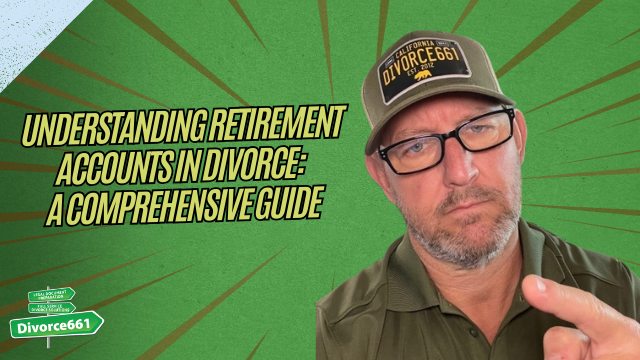Understanding the Child Support Case Registry Form FL-191 in California
When navigating the complexities of child support in California, one crucial document often comes into play: the Child Support Case Registry Form FL-191. This form may seem straightforward, but its implications can significantly affect your case, especially during divorce proceedings. In this blog, we’ll delve into the requirements surrounding the FL-191 form, its necessity, and what you need to know to ensure a smooth process.
What is the Child Support Case Registry Form FL-191?
The Child Support Case Registry Form FL-191 is a form utilized by courts in California to collect essential information regarding child support cases. This form is primarily designed to help maintain accurate records of child support orders and payments, ensuring that both parents are held accountable for their financial responsibilities.
What’s important to note is the stipulation found in court judgments that typically states this form must be submitted within ten days of the judgment being finalized. However, the reality is a bit more nuanced.
Is FL-191 Always Required?
While the judgment may indicate that the FL-191 form is required, the requirement is not universally enforced across all courts. In fact, a staggering 98% of California courts do not require the FL-191 to be filed at all.
This discrepancy raises a vital question for anyone going through divorce or child support proceedings: do you really need to submit this form? The answer is often context-dependent.
When is FL-191 Required?
In some cases, a small percentage of courts may actually reject your judgment if the FL-191 form is not included when you file. This can lead to unnecessary delays and complications. Therefore, it is crucial to be aware of the specific requirements of the court where your case is being processed.
Consequences of Not Filing FL-191
Failing to file the FL-191 when it is required can have several consequences. For one, your judgment may be rejected, leading to additional court appearances and potential delays in receiving child support. Furthermore, not adhering to court requirements can negatively impact your credibility in the eyes of the judge.
Best Practices for Filing FL-191
To avoid complications, here are some best practices when it comes to the FL-191 form:
- Check Local Rules: Always verify the specific requirements of the court where your case is being heard.
- File Timely: If the FL-191 is required, make sure to file it within the stipulated ten days to avoid any issues.
- Consult a Professional: If you’re unsure about the requirements, it’s always best to consult with a family law attorney to ensure you’re on the right track.
Conclusion
The Child Support Case Registry Form FL-191 may seem like a small part of the overall divorce process, but it carries significant weight in the eyes of the court. Understanding whether it’s required in your specific case can save you time, money, and stress in the long run. Always stay informed about your obligations and don’t hesitate to seek professional guidance when needed.
Need Help with Child Support Issues?
If you’re navigating the complexities of divorce and child support in California, consider reaching out to a qualified legal professional. Having the right support can make all the difference in ensuring that your rights are protected and that you achieve a fair outcome.










